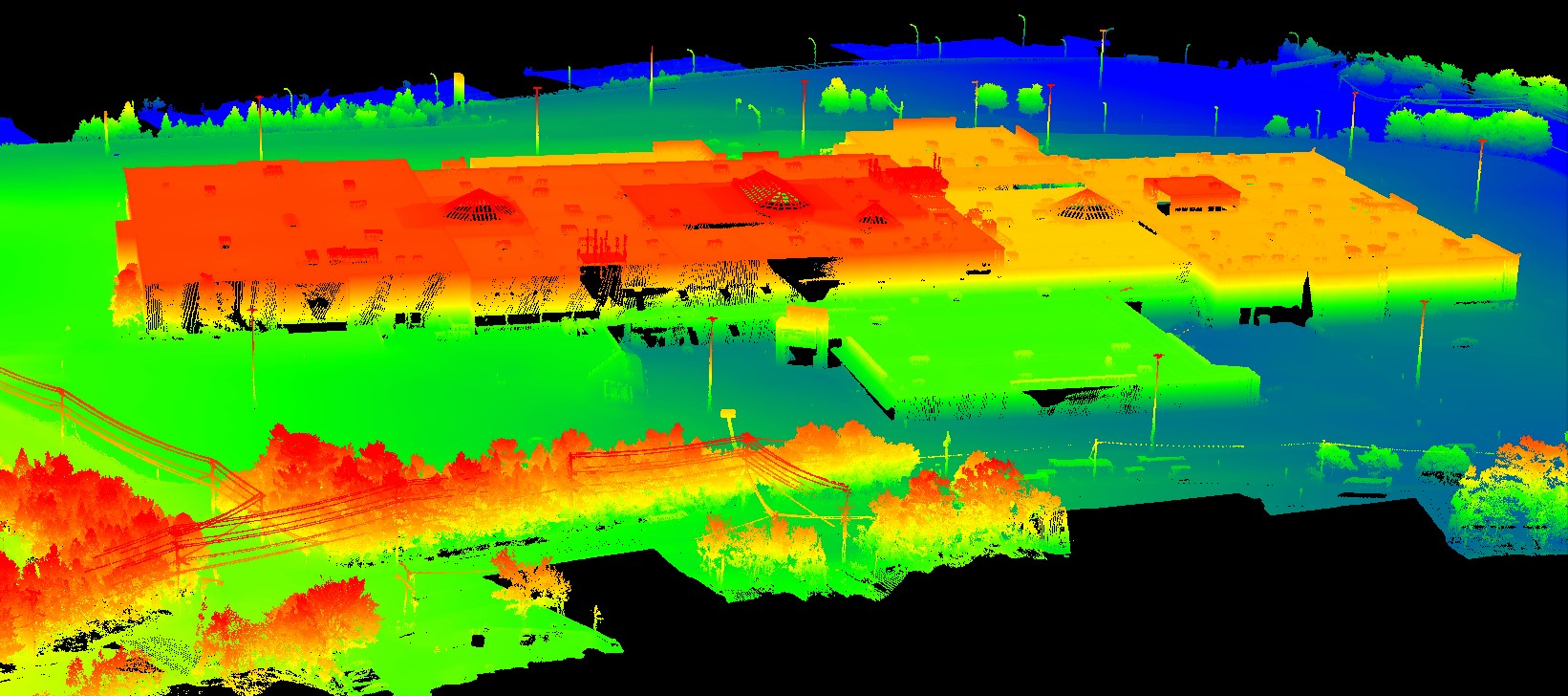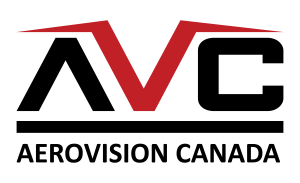LiDAR Services
Inspections using LiDAR Technology
LiDAR, which stands for Light Detection and Ranging, is a remote sensing technology that uses laser pulses to measure distance and create highly accurate 3D maps of the environment. When mounted on a drone, LiDAR sensors can capture detailed information about the topography, structure, and vegetation of an area, making it an invaluable tool for a variety of industries, which is why AeroVision Canada offers Drone LiDAR Services.
One of the main benefits of using LiDAR on a drone is the ability to collect high-resolution data quickly and efficiently. Traditional ground-based LiDAR surveys can be time-consuming and require significant resources, whereas LiDAR-equipped drones can cover large areas in a short amount of time, providing a wealth of data that can be used for a wide range of applications.
LiDAR technology is also highly accurate, providing data that is much more precise than other remote sensing methods. This level of accuracy makes it ideal for creating highly detailed 3D maps, identifying small changes in elevation, and detecting even the slightest variations in vegetation density.
Drone LiDAR Applications
The benefits of LiDAR on a drone are particularly useful for industries such as construction, mining, and forestry. In construction, LiDAR can be used to create highly detailed topographic maps of a site, allowing engineers and architects to design buildings and infrastructure that are better suited to the terrain. Whereas in mining, LiDAR can be used to survey the land and identify potential hazards, such as unstable slopes or rockfalls. For forestry applications, LiDAR can be used to identify the density and height of trees, which can help to plan harvesting operations and manage forest health.
LiDAR technology is increasingly being used in Drone LiDAR Services such as power line inspection and maintenance due to its ability to capture detailed information about the environment. When used for 3D modeling of power lines and in conjunction with software like PLS-CADD, LiDAR provides a number of benefits that can help improve the efficiency and accuracy of power line maintenance.
LiDAR for Power line modelling
One of the key benefits of LiDAR for power line 3D modelling is the ability to capture highly accurate and detailed data about the environment. LiDAR sensors can generate precise, high-resolution 3D models of the terrain and power line infrastructure, which can be used to detect potential issues like vegetation encroachment or structural damage. This data can then be imported into PLS-CADD to create detailed models of the power lines and surrounding environment, which can be used to plan and optimize maintenance and inspection operations.
Another benefit of using LiDAR for power line modeling is the ability to capture data quickly and efficiently. LiDAR-equipped drones can cover large areas in a short amount of time, providing detailed information about the power lines and surrounding terrain. This makes it possible to gather information about the power lines more frequently, and to identify issues before they become more serious.
LiDAR technology is also beneficial for identifying vegetation encroachment, which is a common issue in power line maintenance. With LiDAR data, it is possible to create accurate 3D models of the environment and power lines, which can be used to identify potential vegetation encroachment issues before they become a problem. This information can then be used to plan vegetation management and pruning activities more effectively, reducing the risk of power outages and other issues.
Finally, the LiDAR data that Drone LiDAR Services produces can be used to improve the accuracy of PLS-CADD models, which are commonly used in power line engineering and design. By incorporating highly accurate and detailed LiDAR data into PLS-CADD models, engineers can create more accurate designs and better predict the behaviour of power lines under different conditions.





